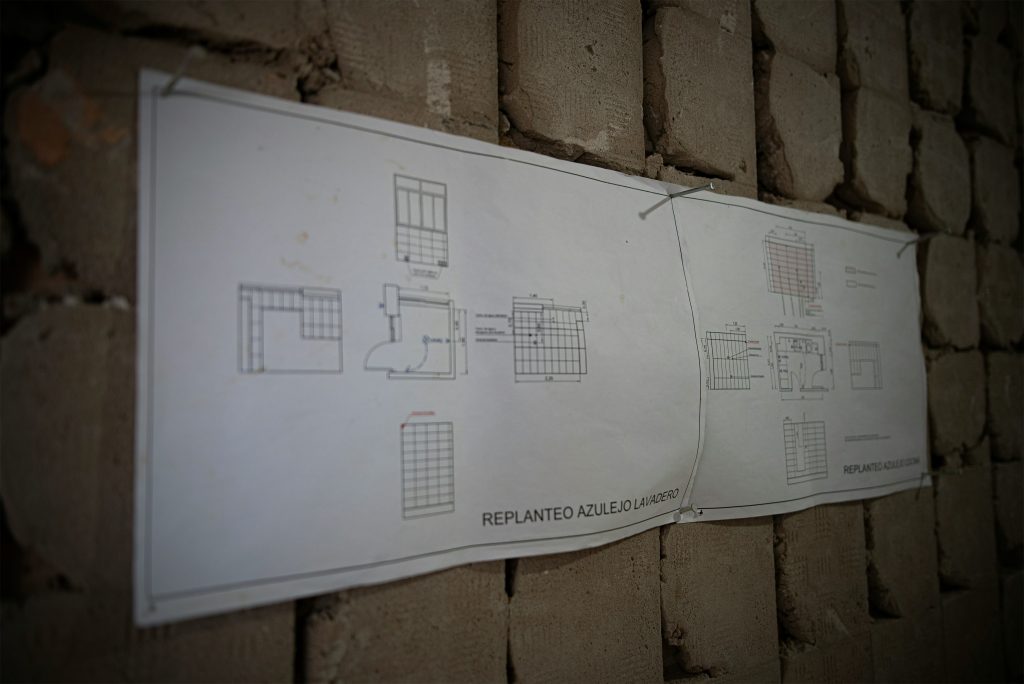Deep Learning Architectures: CNNs, RNNs, Transformers
Deep learning has revolutionized fields like computer vision, natural language processing, and speech recognition. At the heart of this revolution are powerful architectures particularly Convolutional Neural Networks (CNNs), Recurrent Neural Networks (RNNs), and Transformers
2 Convolutional Neural Networks (CNNs)
What It Is:
A Convolutional Neural Network is a deep learning model designed to process grid-like data most famously, images.
How It Works:
1 Convolutions: Instead of connecting every neuron to every other neuron (like a regular neural network), CNNs apply small filters across the input, picking up local patterns like edges, colors, and textures.
2 Pooling Layers: These reduce the spatial size of the data, making the model faster and less prone to overfitting.
3 Fully Connected Layers: After feature extraction, CNNs use standard layers to make final predictions.
Pros:
1 Great at recognizing spatial hierarchies (simple features → complex features).
2 Highly effective for image classification, object detection, and video analysis.
Example Use Cases:
1 Identifying objects in photos (cat vs. dog).
2 Facial recognition systems.
3 Medical imaging analysis (e.g., detecting tumors).

3 Recurrent Neural Networks (RNNs)
What It Is:
A Recurrent Neural Network is designed to handle sequential data where the order matters, such as time series or language.
How It Works:
1 RNNs process inputs one at a time and maintain a “memory” (a hidden state) of previous inputs.
2 This memory allows them to make predictions based not just on the current input but on the context of what came before.
Pros:
1 Captures temporal or sequential patterns.
2 Good for time-dependent tasks like speech recognition and text generation.
Cons:
1 Hard to train for long sequences (vanishing gradient problem).
2 Struggles to remember information from far back in the sequence.
Example Use Cases:
1 Predicting stock prices.
2 Generating text (e.g., writing poetry).
3 Translating languages.
(Variants like LSTMs and GRUs were developed to solve some RNN limitations.)

4 Transformers
What It Is:
Transformers are the backbone of modern deep learning for sequential data especially in natural language processing. They replaced RNNs for many tasks due to better performance and scalability.
How It Works:
1 Transformers use a self-attention mechanism, allowing the model to weigh the importance of different parts of the input simultaneously.
2 Unlike RNNs, they process all inputs at once (in parallel), which makes training much faster.
3 Built around an encoder-decoder structure (in full models like original Transformer papers) or just an encoder (like in BERT) or decoder (like in GPT).
Pros:
1 Extremely good at capturing long-range dependencies.
2 Parallel processing = faster training.
3 State-of-the-art in language tasks, and now expanding into vision, audio, and more.
Example Use Cases:
1 Language translation (Google Translate).
2 Text generation (Chat GPT!).
3 Image generation (DALL·E).
Conclusion
While CNNs excel at understanding images, RNNs were long the go-to for sequences until Transformers redefined what’s possible by using self-attention to model relationships without relying on sequence-by-sequence memory.






